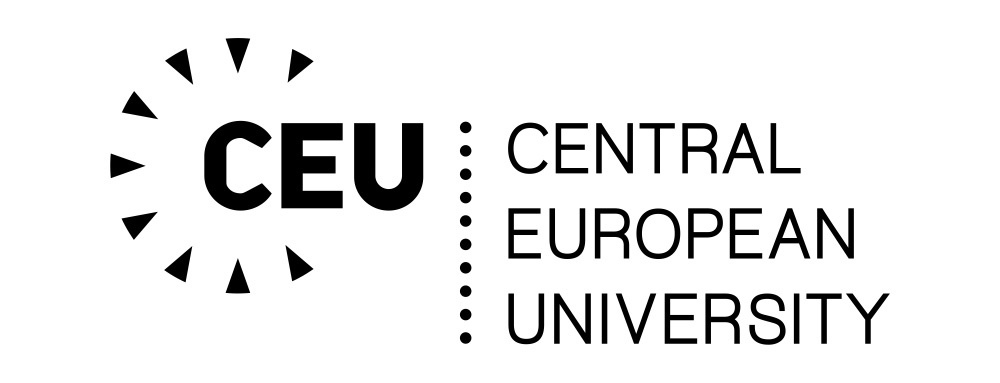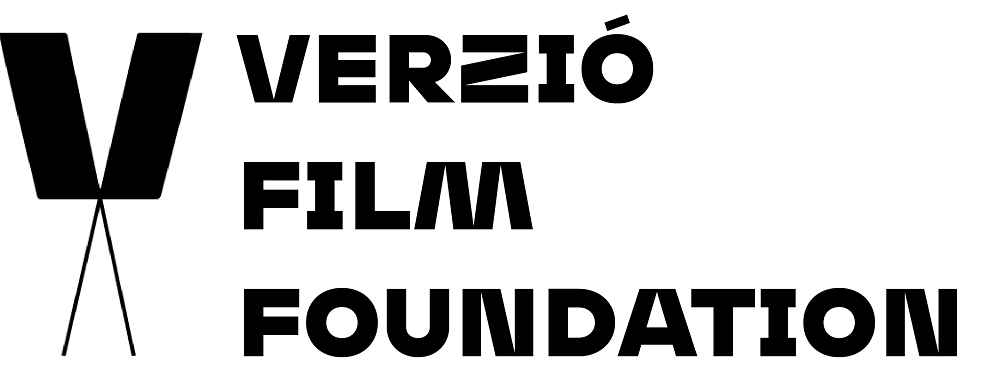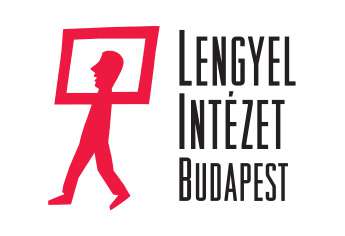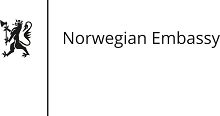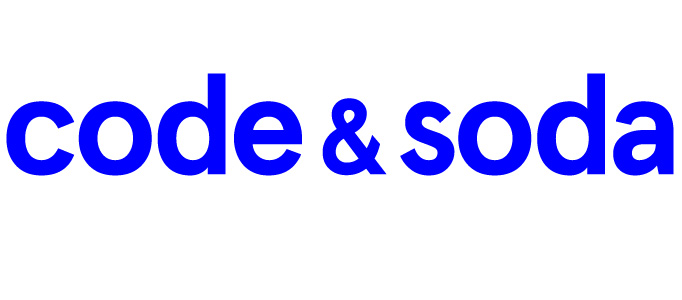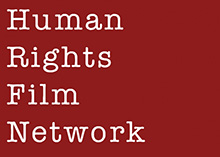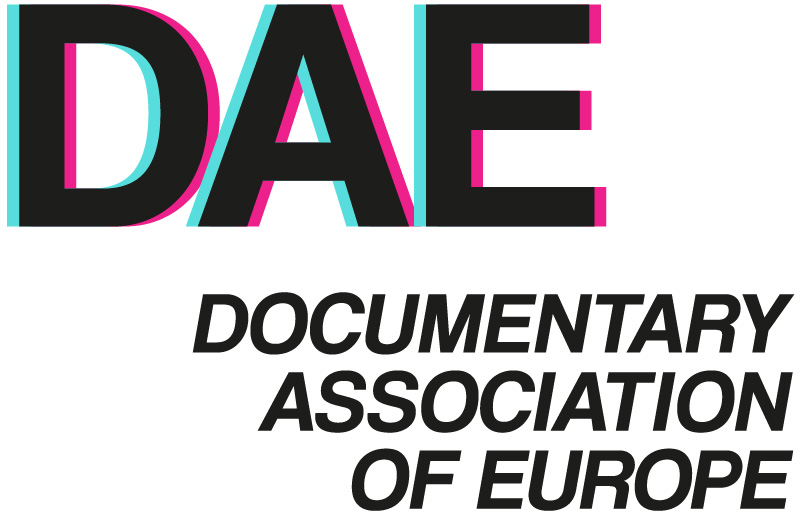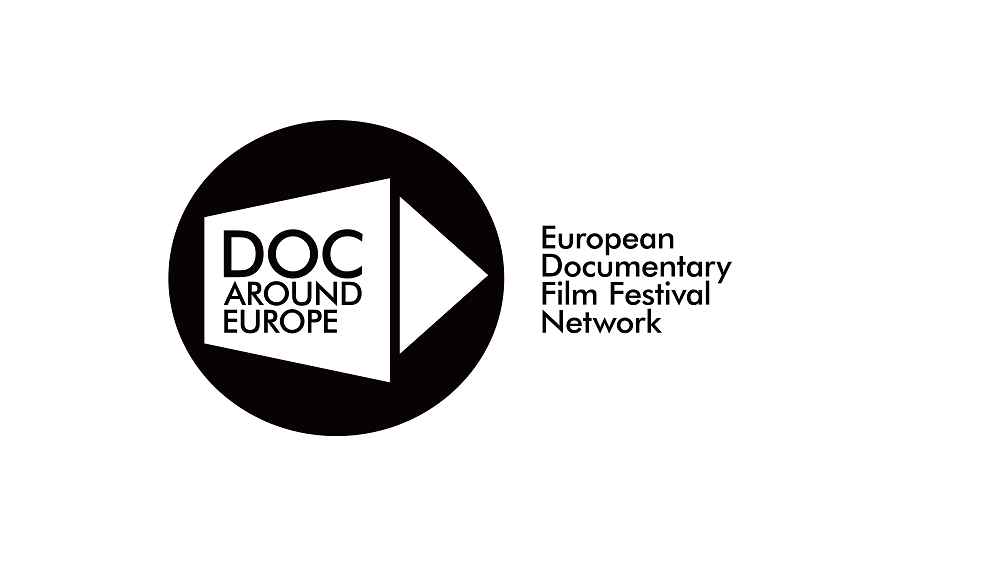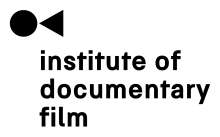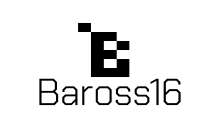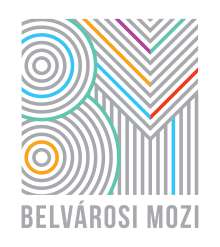A Woman Captured, A Reality Revealed // Verzio X ELTE

As my parents both went to work, no one had time to run the house or care for two children at home, they hired a domestic helper from when I was born till I was 17. When I saw Marish smoking in the house - as a domestic helper, you are definitely not allowed to do that - I was even baffled and in disbelief when people refer to her as a modern day slave - she seemed very privileged. Until I realised that her cigarettes were all she had.
Eta does not pay her at all, she believes that her payment has been done in giving her (minimal) meals and a roof over her head, and even giving her cigarettes. Since she does not receive a pay, Marish works as a cleaner in the factory every other day as well before returning home to serve her. Most of the time, she even takes her pay from her cleaning job and hides her identification documents so it leaves Marish with nothing and prevents her from leaving. Almost twenty years of slaving in the household, she has been verbally and physically abused by Eta, had her daughter grow sick of Eta’s ways and ran away from the home, and countless other horrors. It was heartbreaking to watch Marish take blow after blow of scoldings, being wronged, holding back her tears and literally fear for her life as she was running away from Eta’s home. When she sought for help on helplines, they turned her away because she did not match certain conditions. Her torturing sense of imprisonment and constant fear struck me and it doubled as I watched society turn a blind eye to her situation.
In the film, Eta spoke down to Marish in such a condescending and prideful way that was so sickening to watch. It is difficult to comprehend that there are some people who think that they “deserve” people to serve them and that they are so privileged that they can “own” others. Then I think back about my outlook of domestic helpers back at home, who are at my beck and call - I am privileged to be able to hire domestic helpers. But do I truly see my domestic helper as an equal, or less than me? What am I in comparison to a slavedriver? This pulls into focus the grey area in which doing domestic work as a job and modern day slavery lie in. It forces me to be more conscious about treating my own helper as humanely as I can.
Bernadett Tuza-Ritter, the director and cinematographer of the film, also plays an integral part. Her presence is in no way invisible unlike other documentaries who seek to portray an untouched, untarnished truth. You can hear her conversations with Marish, you are aware that even when the camera stops rolling, Tuza-Ritter still plays an active role in trying to save her from her ordeal. As the film progresses, you can hear from their conversation that Marish trusts her more and more to the point where she says “You are the only person I trust now.” Her filmmaking and storytelling of her story is so intentional; she does not simply portray the terrible situation, but brings the audiences with her to help Marish escape.
This film is imperative in bringing to light how modern day slavery runs in Hungary. Apart from the story of one modern day slave, it includes title cards of Marish’s progress over the film, and some statistics and current state of slavery in Hungary and the world. Even for myself, it is easy for me to just disregard Marish to be just a domestic helper, a home-cleaner, something that is recognisable in modern day standards. However, the film unravels to show how something that can look so innocent, even to the neighbours, be something so toxic and inherently wrong in society. Behind Marish’s kind smile and eyes, are years of torture, loss and pain that she was forced into. In addition, the film mentions that there are 22,000 modern day slaves in Hungary alone, and the police are aware of it but said that there is nothing they can do about it. Filmed in Budapest and on daily transport like the train and metro, I wonder how many of these servants are simply walking among me and how many have fallen through the cracks of society and ignored by the justice system. This film draws mass attention to modern day slavery and hopefully is a step towards igniting change in the existing aid system for those trapped in slavery.
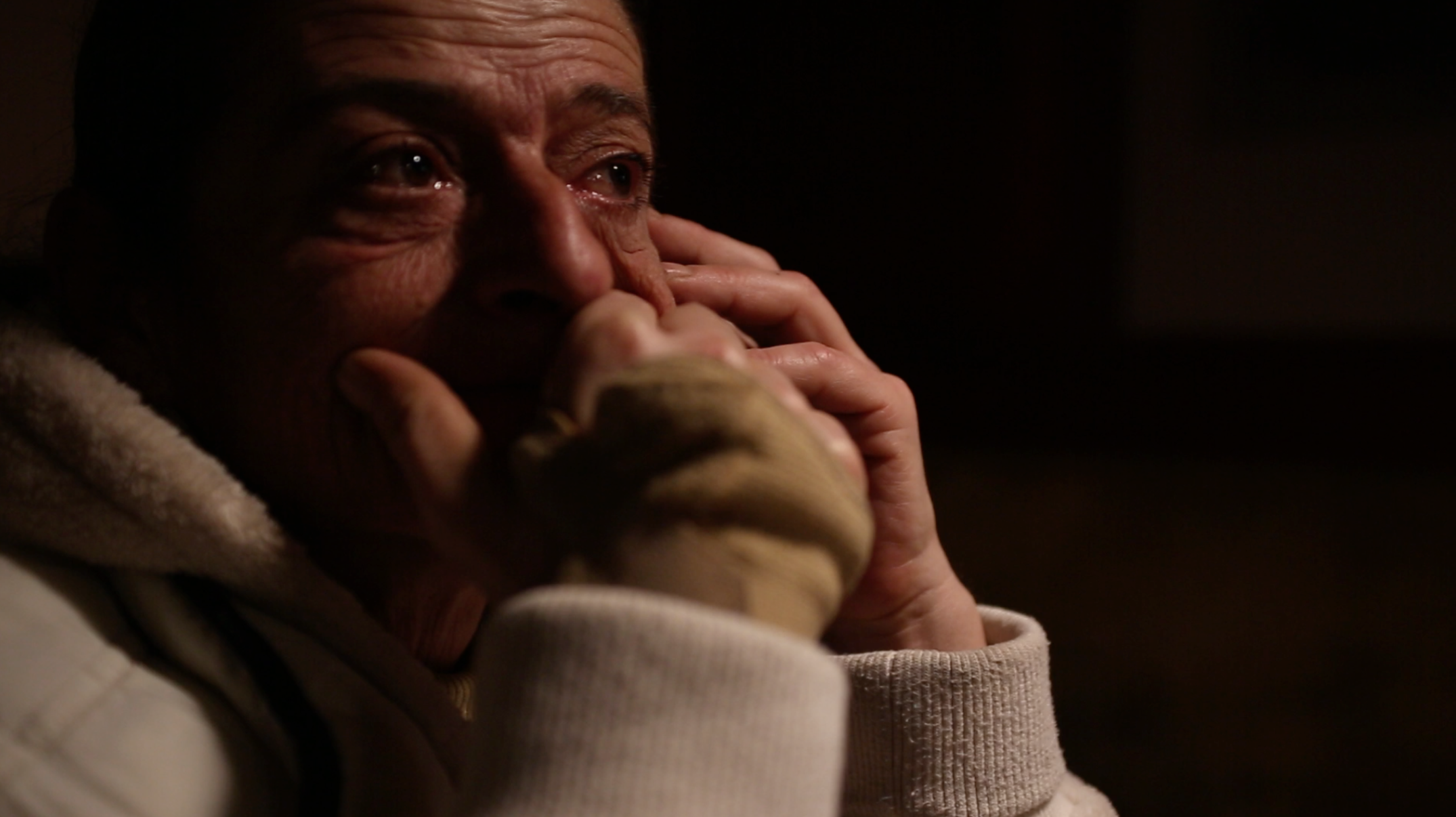
photo: A Woman Captured
However, although Tuza-Ritter wanted so desperately to save her, in the film, she never once offered to just pay for the right to take Marish away. She has been paying Eta to let her film her servant, and she continues to do that just to accompany Marish on her journey out of slavery. Following her so closely acts almost like a therapy for Marish, in which audiences watch how she devices her way out of Eta’s home.
The double-function of a camera is also featured in A Woman Captured: in front of it, it makes the subject vulnerable and in other instances empowers the subject. When the camera rolls while Marish is on her escape, realising that she is being filmed by a camera solidifies the fact that she has escaped from slavery. The reality of her situation caught by the camera brings her to tears, exposing rare moments of her vulnerability after watching her continually being headstrong. When she was getting scolded by Eta, with confidence, she also insisted for the camera to roll so that people can hear the verbal abuse hurled at her on a daily basis. As the relationship with Tuza-Ritter and Marish deepen, and the relationship between the camera and her daily life intertwine, we see her being more and more natural and comfortable in sharing secrets and conversations and letting the audience into her life.
A film could be therapeutic and reflexive to watch, but also serve the same uses for the subject of the film. This is very well captured in Marish’s story. The camera follows her thoughts and actions as well as her vulnerabilities and moments of great courage. As much as it is stemmed from her own tenacity and strength, the power of the camera and the filmmaker definitely had a part to play in empowering Marish for this difficult journey. It is through this film, through the interactions of Tuza-Ritter that we no longer see Marish the slave, but Edith the human, the resilient pillar and the beacon of hope for many others enslaved and ignored by a society who knows slavery exists, but does nothing about it.
Amanda Bambby Cheuk Yuet Ga
student of ELTE Department of Film Studies
